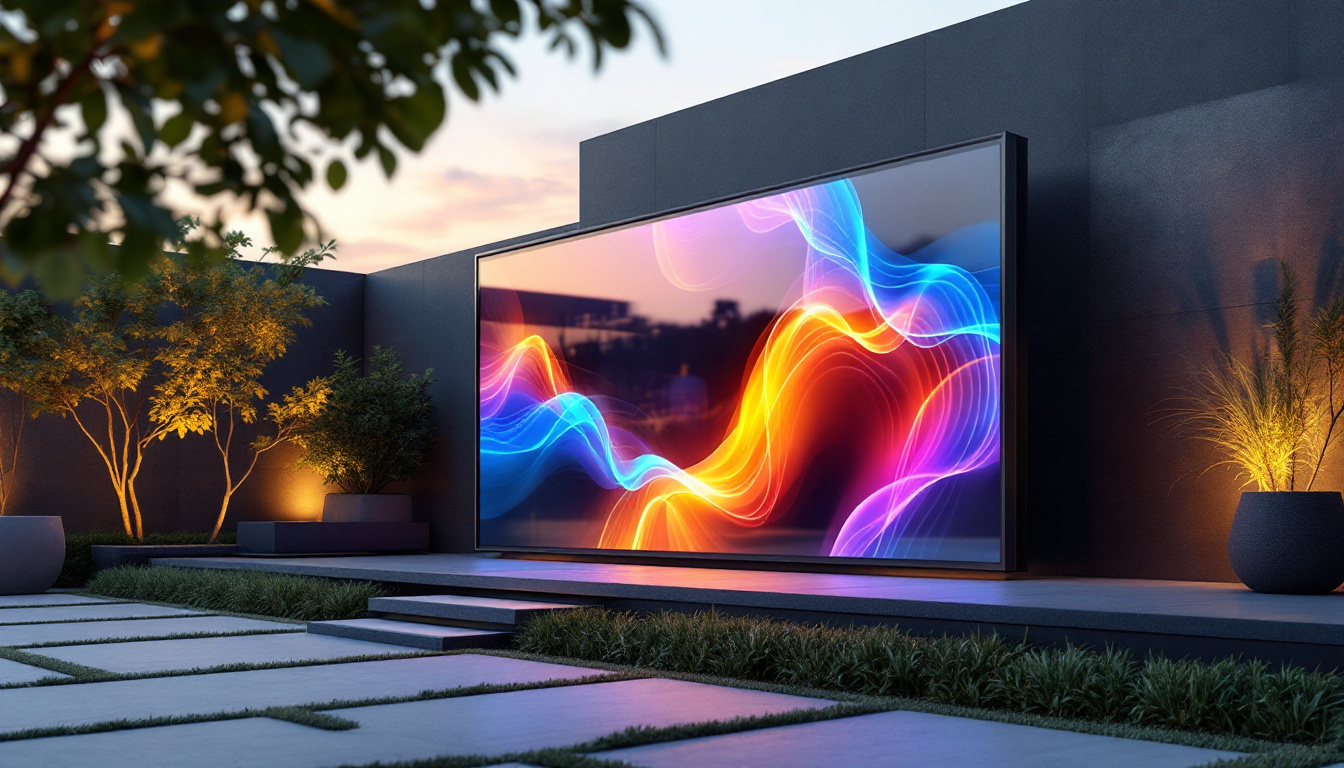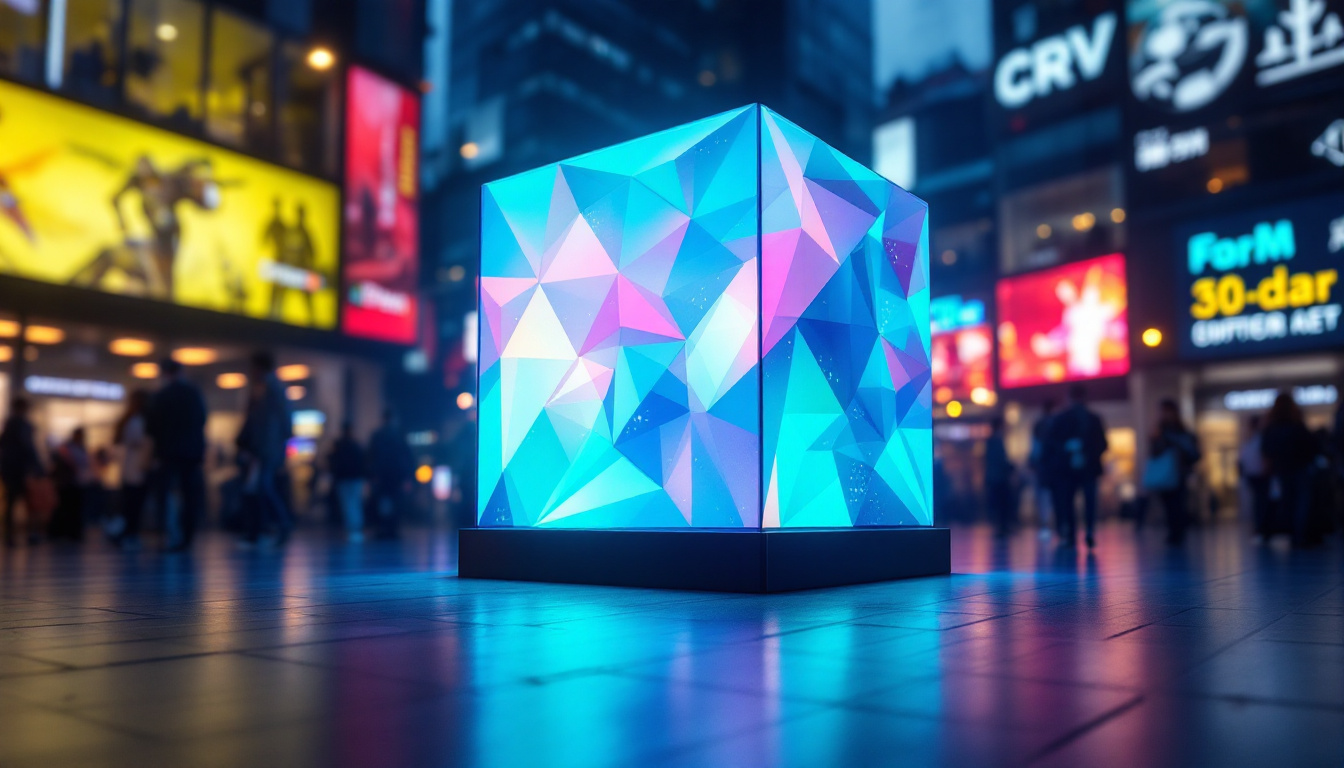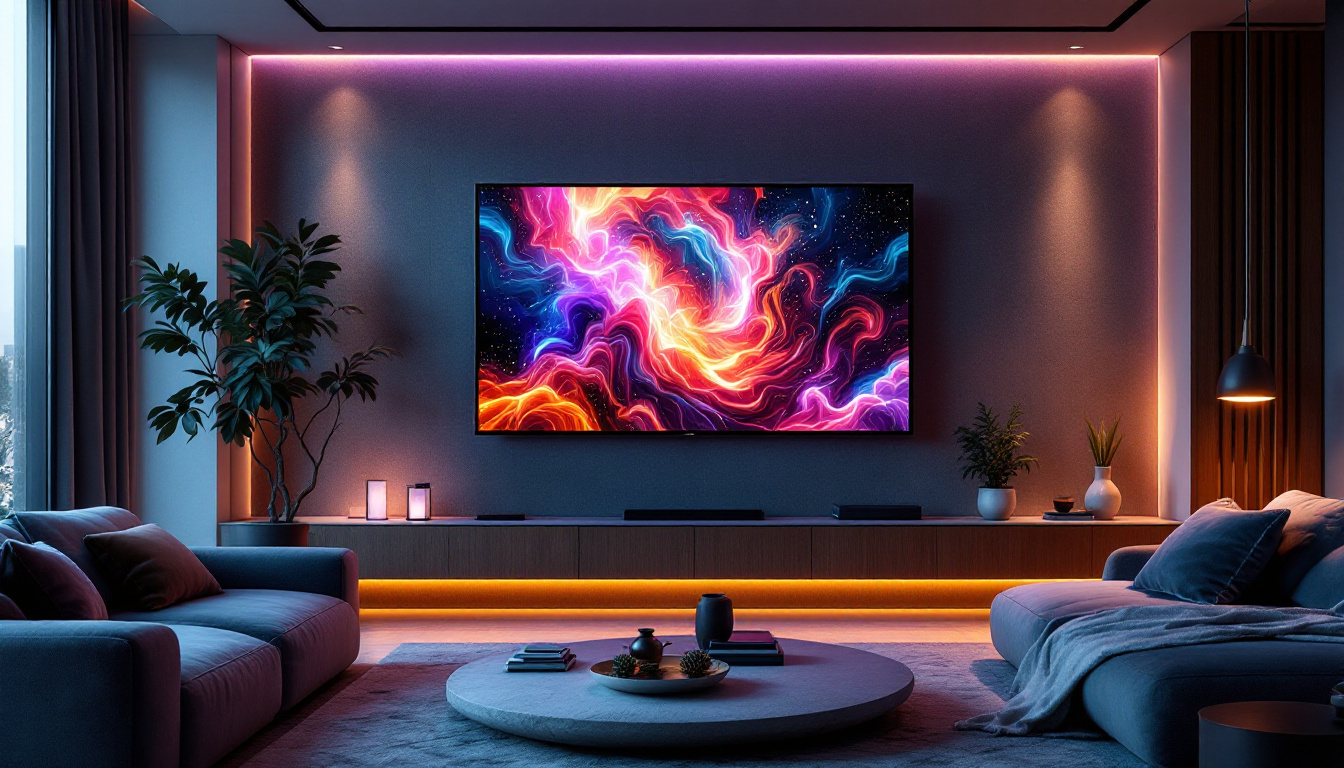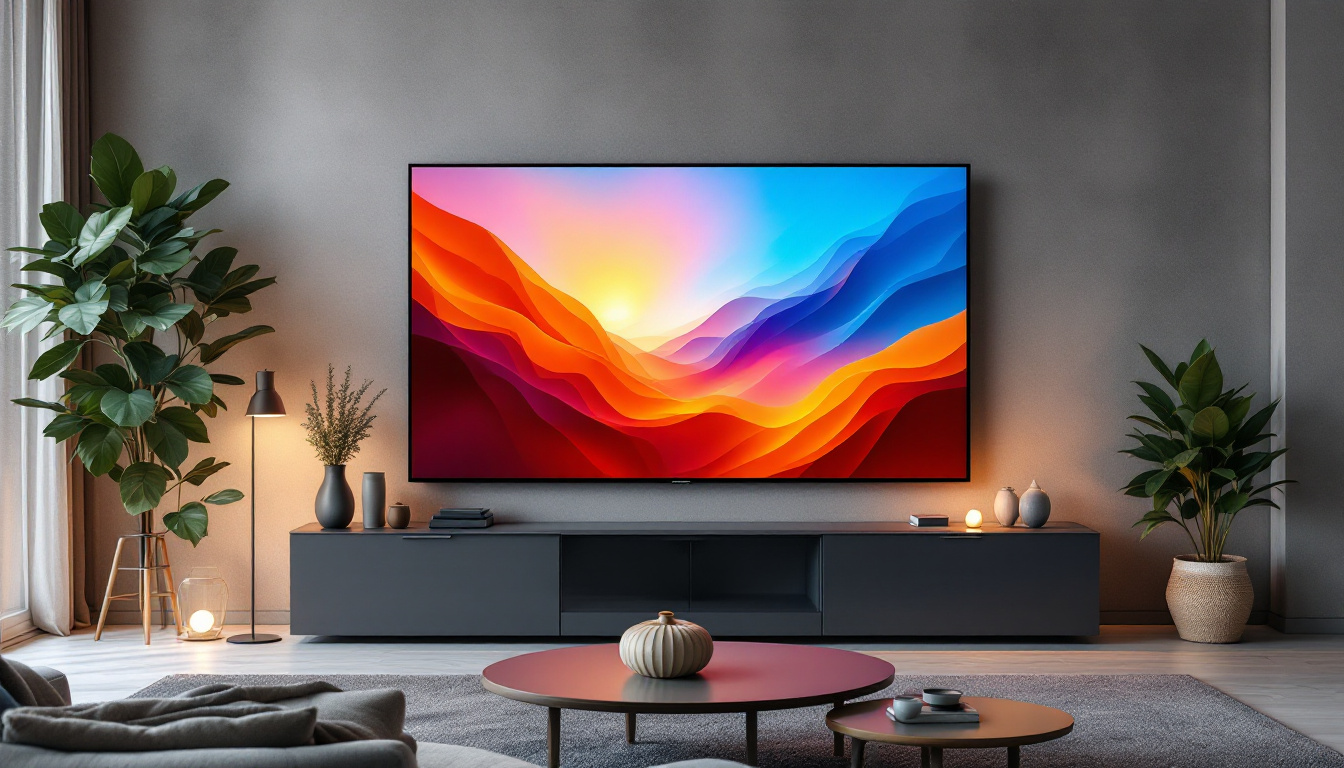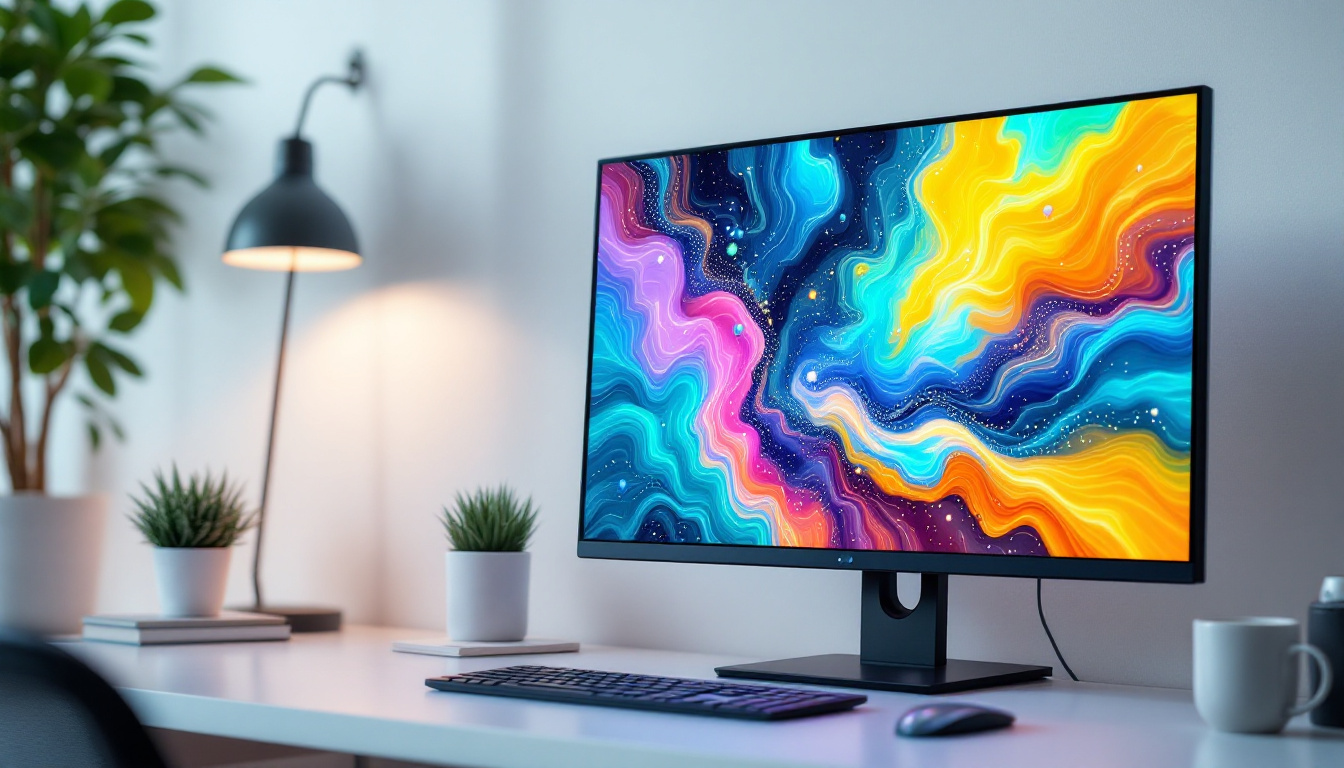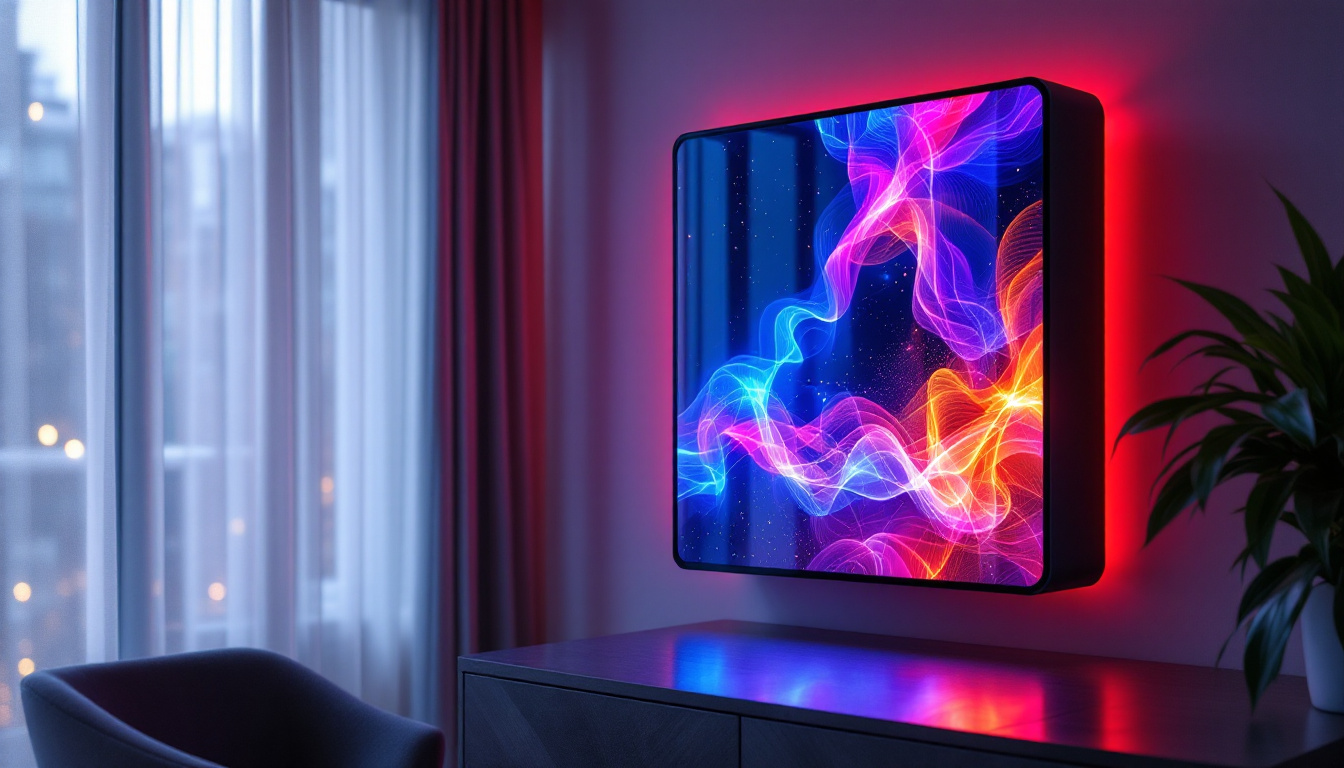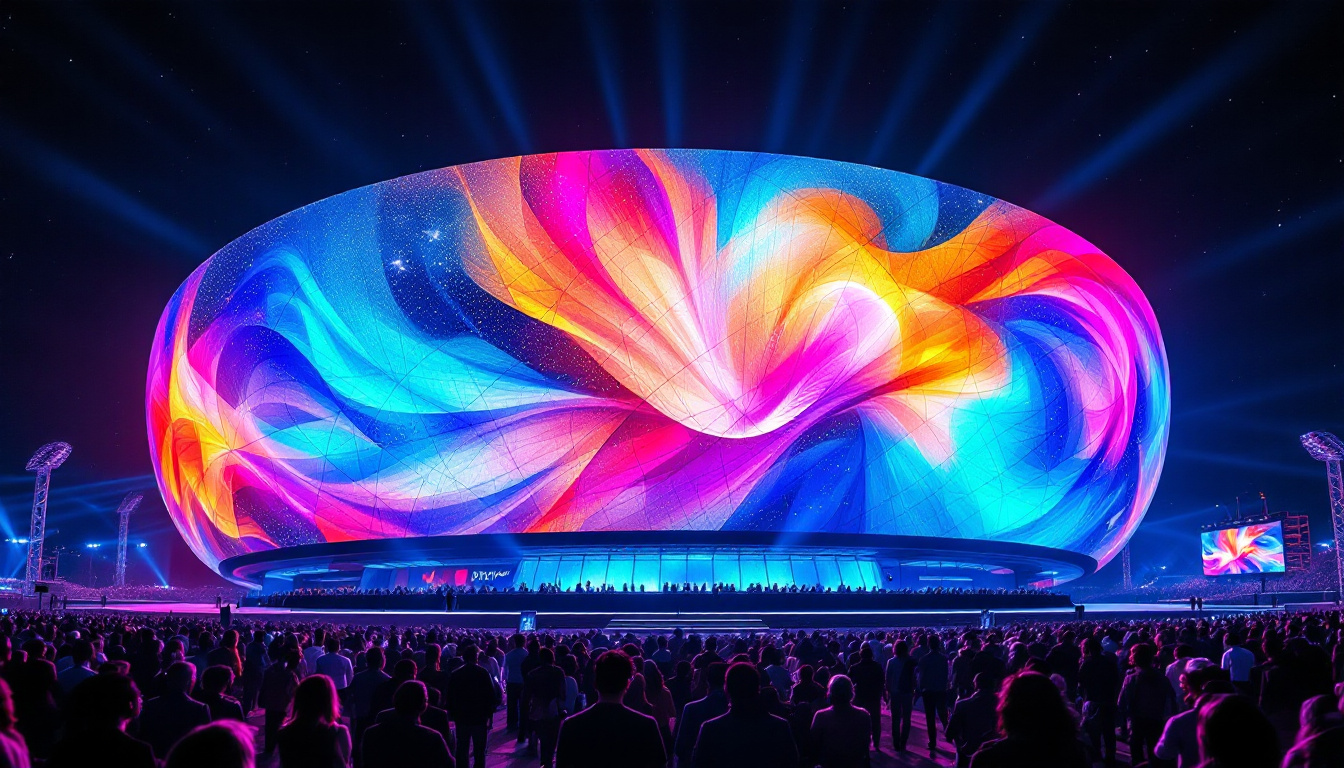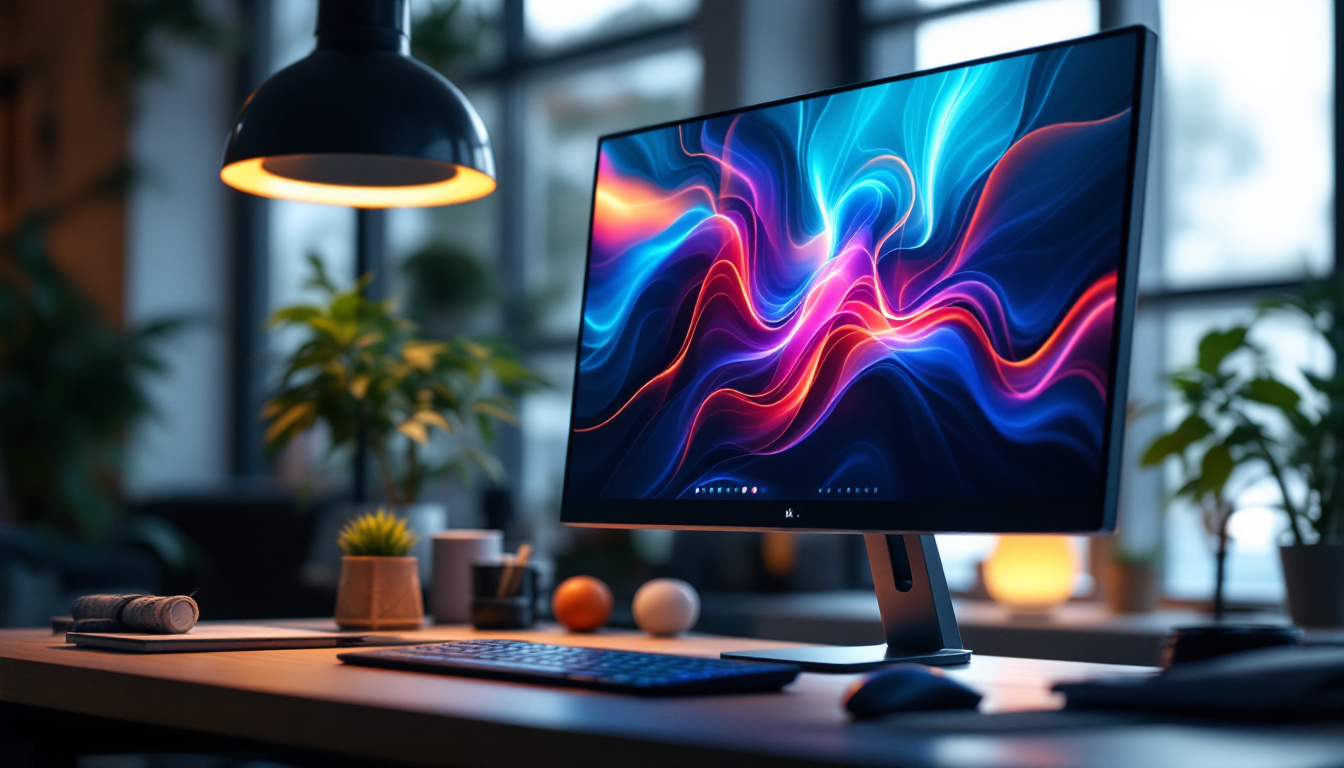In the modern digital landscape, touch screen monitors have become a staple in both personal and professional environments. Their intuitive interface and versatility make them ideal for a variety of applications, from retail to education. This article delves into the intricacies of touch screen monitors, particularly focusing on LED display technology, which underpins many of these devices.
Understanding Touch Screen Technology
Touch screens have revolutionized the way users interact with computers and devices. Unlike traditional monitors that rely solely on keyboard and mouse inputs, touch screens allow for direct interaction through touch. This innovation has led to more engaging user experiences and has transformed various industries.
Types of Touch Screen Technology
There are several types of touch screen technologies, each with its own unique advantages and applications. The most common types include resistive, capacitive, and infrared touch screens. Each technology operates differently, affecting sensitivity, durability, and cost.
Resistive touch screens are made of multiple layers that register touch when pressure is applied. They are generally more affordable and can be used with gloves or styluses, making them suitable for industrial applications. Capacitive touch screens, on the other hand, use the electrical properties of the human body to detect touch. They provide a more responsive experience and are commonly found in smartphones and tablets. Additionally, there are also projected capacitive screens, which allow for multi-touch capabilities, enabling gestures like pinch-to-zoom and swipe, thus enhancing user interaction further.
Applications of Touch Screen Monitors
Touch screen monitors are widely used across various sectors. In retail, they facilitate interactive displays that enhance customer engagement. In education, they serve as dynamic teaching tools, allowing for interactive lessons and presentations. Healthcare facilities utilize touch screens for patient check-ins and medical record access, streamlining operations and improving patient care.
Moreover, touch screens are increasingly being integrated into smart home devices, providing users with intuitive controls for managing their environments. This versatility illustrates the growing importance of touch screen technology in everyday life. Beyond these applications, touch screens are also making their mark in the automotive industry, where they are used in infotainment systems and navigation interfaces. This shift towards touch-based controls in vehicles not only enhances the driving experience but also contributes to a more streamlined and modern dashboard design. Furthermore, as technology advances, we are witnessing the emergence of flexible touch screens that can be incorporated into various surfaces, from clothing to furniture, opening up new avenues for creativity and functionality in design.
LED Display Technology
Light Emitting Diode (LED) technology has transformed the display landscape, offering brighter, more energy-efficient screens. LED displays are characterized by their vibrant colors, high contrast ratios, and thin profiles, making them a popular choice for touch screen monitors.
How LED Displays Work
LED displays function by using tiny diodes that emit light when an electric current passes through them. This technology can be used in various configurations, including full-color displays and monochrome screens. The most common type of LED display used in touch screen monitors is the RGB (Red, Green, Blue) configuration, which combines these three colors to produce a wide spectrum of hues.
One of the notable advantages of LED displays is their energy efficiency. Compared to traditional LCD screens, LED displays consume less power, which is particularly beneficial for portable devices. Additionally, LED technology allows for thinner and lighter screens, enhancing the overall design of touch screen monitors.
Benefits of LED Displays in Touch Screen Monitors
The integration of LED technology in touch screen monitors offers several benefits. First and foremost is the improved image quality. LED displays provide sharper images and more vibrant colors, making them ideal for applications that require precise visuals, such as graphic design or video editing.
Moreover, LED displays have a longer lifespan compared to traditional display technologies. This longevity reduces the need for frequent replacements, which can be a significant cost-saving factor for businesses. The durability of LED screens also contributes to their appeal in high-traffic environments, where wear and tear are common.
In addition to their impressive durability and energy efficiency, LED displays also offer enhanced viewing angles. Users can enjoy consistent color and brightness levels from various positions, making them suitable for collaborative environments where multiple people may be viewing the screen simultaneously. This feature is particularly advantageous in classrooms or conference rooms, where presentations are often shared with larger audiences.
Furthermore, advancements in LED technology have led to the development of features such as touch sensitivity and multi-touch capabilities. These innovations allow for more interactive experiences, enabling users to engage with content in dynamic ways. As a result, LED touch screen monitors are increasingly being utilized in retail settings, kiosks, and digital signage, where user interaction can enhance customer engagement and drive sales.
Comparing Touch Screen Monitors with LED Displays to Other Technologies
While touch screen monitors with LED displays offer numerous advantages, it is essential to compare them with other technologies to understand their unique position in the market. The most common alternatives include LCD and OLED displays.
Touch Screen Monitors vs. LCD Displays
Liquid Crystal Display (LCD) technology has been a dominant player in the display market for years. While LCD monitors can offer good image quality, they typically lack the brightness and color vibrancy of LED displays. Additionally, LCD screens often have slower response times, which can be a disadvantage in fast-paced environments.
Another significant difference is energy consumption. LCD displays generally consume more power than LED displays, making the latter a more eco-friendly option. This energy efficiency can lead to substantial cost savings, especially in settings where monitors are used extensively.
Touch Screen Monitors vs. OLED Displays
Organic Light Emitting Diode (OLED) technology is another competitor in the display market, known for its exceptional color accuracy and deep blacks. OLED displays offer superior contrast ratios compared to LED displays, making them ideal for applications requiring precise color representation.
However, OLED technology is often more expensive to produce, which can make touch screen monitors utilizing OLED displays less accessible for some consumers. Additionally, OLED screens can suffer from burn-in issues, where static images can leave a permanent mark on the display over time. This limitation makes LED displays a more practical choice for many touch screen applications.
Choosing the Right Touch Screen Monitor
Selecting the appropriate touch screen monitor involves considering several factors, including intended use, budget, and desired features. Understanding the specific needs of the user or organization can significantly influence the decision-making process.
Intended Use and Environment
One of the primary considerations when choosing a touch screen monitor is the intended use. For instance, a retail environment may require a durable monitor that can withstand frequent use, while an educational setting may prioritize interactive features and ease of use.
The environment in which the monitor will be used is also crucial. Monitors used in bright areas may benefit from higher brightness levels to ensure visibility, while those in darker settings may not require such features. Additionally, outdoor touch screen monitors need to be weather-resistant and designed to handle varying temperatures.
Budget Considerations
Budget constraints play a significant role in the selection of touch screen monitors. While LED displays typically offer a good balance of quality and cost, it is essential to evaluate the long-term value of the investment. Cheaper alternatives may save money upfront but could lead to higher costs in terms of maintenance and replacements over time.
It is advisable to compare different brands and models, taking into account warranty and support options. Investing in a reputable brand may provide peace of mind and better customer service, which can be invaluable in a business setting.
Future Trends in Touch Screen and LED Technology
The future of touch screen monitors and LED display technology is poised for exciting developments. As technology continues to evolve, several trends are emerging that could shape the landscape of touch screens in the coming years.
Advancements in Touch Sensitivity
One of the most significant trends is the advancement of touch sensitivity. Future touch screens may incorporate more sophisticated sensors that can detect multiple touch points simultaneously, allowing for more complex interactions. This development could enhance user experiences in gaming, design, and collaborative work environments.
Moreover, technologies such as haptic feedback may become more prevalent, providing users with tactile responses when interacting with the screen. This feature could further bridge the gap between physical and digital interactions, making touch screens even more intuitive.
Integration with Artificial Intelligence
Another trend is the integration of artificial intelligence (AI) into touch screen technology. AI could enable touch screens to learn user preferences and behaviors, offering personalized experiences. For example, a touch screen monitor could adjust its settings based on the user’s previous interactions, enhancing usability and efficiency.
Furthermore, AI could facilitate advanced gesture recognition, allowing users to control devices with simple hand movements. This innovation could expand the applications of touch screens in various fields, from healthcare to smart home technology.
Conclusion
Touch screen monitors equipped with LED display technology represent a significant advancement in how users interact with digital devices. Their ability to provide intuitive, responsive experiences has made them invaluable across various sectors, including education, retail, and healthcare.
As technology continues to evolve, the future of touch screens looks promising, with advancements in sensitivity, AI integration, and design on the horizon. Understanding the nuances of touch screen technology and LED displays is essential for making informed decisions about their use in personal and professional settings.
Ultimately, the choice of a touch screen monitor should align with the specific needs and goals of the user or organization. By considering factors such as intended use, budget, and emerging trends, individuals can select the ideal touch screen monitor that meets their requirements and enhances their digital experience.
Discover LumenMatrix’s Innovative LED Displays
Ready to elevate your interactive experiences with the latest in LED display technology? Look no further than LumenMatrix, a pioneer in crafting visually stunning and technologically advanced LED display modules. From captivating Indoor LED Walls to dynamic Vehicle LED Displays and beyond, LumenMatrix offers a comprehensive range of solutions tailored to meet your unique needs. Embrace the future of visual communication and check out LumenMatrix LED Display Solutions today to transform how you connect with your audience.


